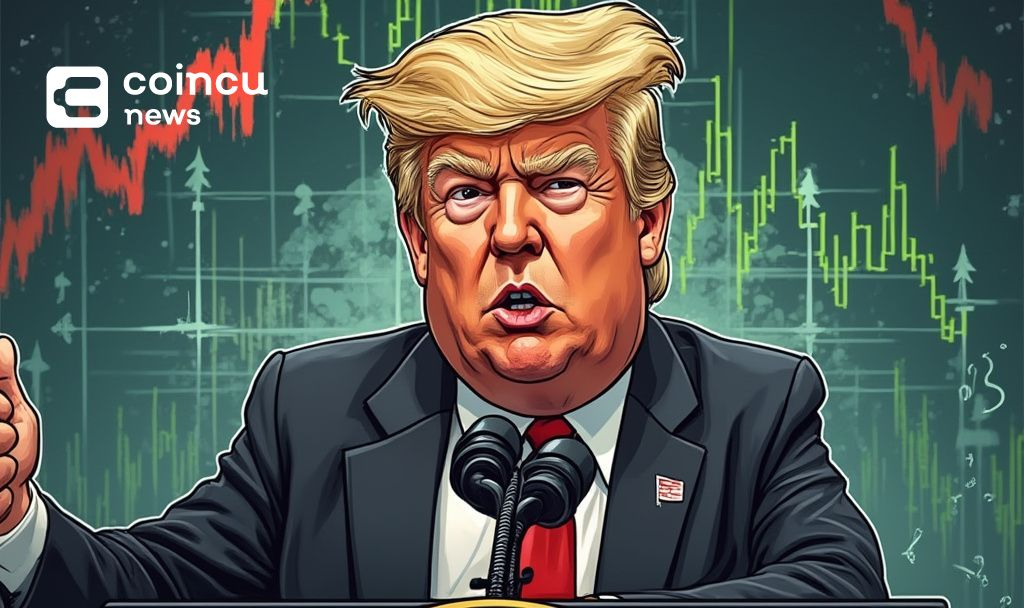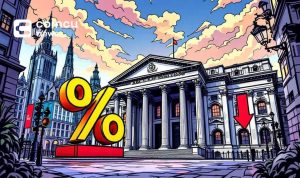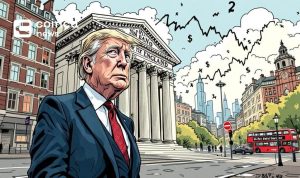- President Trump announced a sweeping tariff proposal, causing severe market declines.
- U.S. stock indices saw major drops, entering bear markets.
- Tariffs could increase inflation, affecting global trade dynamics.

On April 2, 2025, President Donald Trump announced a sweeping global tariff proposal amidst growing trade tensions. This policy sparked immediate market downturns across major U.S. stock indices.
The tariff plan proposes a baseline 10% global tariff, with higher rates on 60 countries with large U.S. trade deficits, causing intense market reactions. Investors fear these moves will impact growth, with significant declines observed in the S&P 500 and Nasdaq indices.
Retaliatory Tariffs and Global Market Ripple Effects
The newly announced tariff measures became the focal point of global financial conversations. President Trump’s administration framed the decision as a necessary step for economic sovereignty and flipping trade balances. “The comprehensive tariff plan is designed to restore our economic sovereignty and address significant trade imbalances.” – Donald Trump, President of the US.
Immediate market responses included substantial sell-offs in technology and industrial sectors. The Supreme Court examines Trump tariffs, adding another layer of complexity to the economic repercussions.
The tariff’s implications have prompted fears of inflation nearing 5%, impacting U.S. GDP growth projections. Signs suggest the tariffs could reshape important consumption patterns and intensify economic pressures globally. Wall Street’s anticipation of major shifts extends to the Federal Reserve’s policies.
Reacting to these developments, China imposed a retaliatory 34% tariff, further stirring market instability. This led to a dramatic 6% fall in the S&P 500 and record losses for the Dow Jones. Financial leaders are calling for strategic responses, with economists predicting potential supply chain weakening.
The current tariff hikes represent the highest effective U.S. tariff rates seen in over a century, reminiscent of early 1900s policies that affected international trade dynamics significantly.
Historical comparisons highlight the tariff’s projected long-term effects on global markets, echoing earlier trade disputes from past decades. Analysts suggest these measures will challenge investor confidence and raise recession probabilities.
Experts predict ongoing contagion in financial markets due to this tariff policy. With CPI data releases ahead, more adjustments in economic strategies are awaited. Should inflation rates climb unexpectedly, markets expect the Federal Reserve might have to revisit its potential rate cut decisions. Investors and analysts will be closely tracking these trends for signs of economic stabilization.























